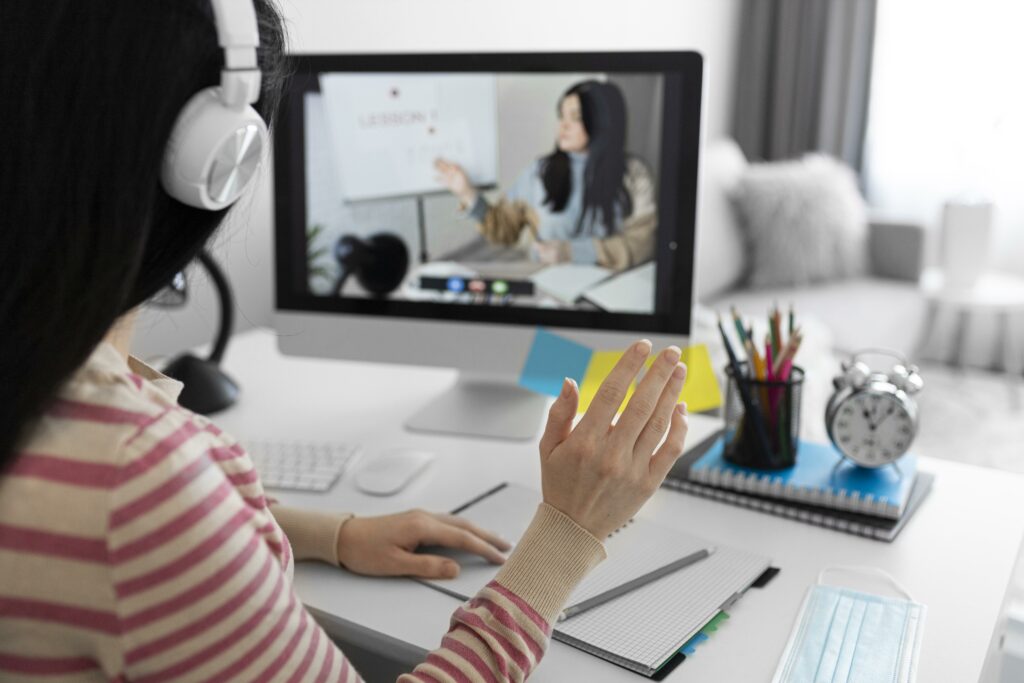Bridging the gap between classrooms and real world
The formulaic, rote learning approaches to classroom education are increasingly outdated in a fast-changing, technology-driven world. As technology advances at a fast clip with every passing year, the most rewarding careers are those in which the professionals can use innovative and creative approaches to what they studied from textbooks.
Take math and science, for example. We live in a complex world where our every habit and behaviour have the potential to be quantified. We want to know how many hours we sleep, how many steps we walk every day, how our heart beats while grocery shopping, and how our body is responding to a type of music. This is the era of Big Data, analytics, pattern recognition and artificial intelligence. Classroom education can be most effective if teachers make meaningful connections between the academic lessons and the real world.
Personalized pathways for learning
If education can be flexible enough to make room for every student’s strengths and learning inclinations, it is more than half the battle won. If students are equipped with the power to design their education and choose what to learn and how to learn (through informed decision making), they are likely to be more invested in making the most out of their classroom hours and beyond.
Every student is unique. The education system must be flexible to celebrate this uniqueness and help students achieve their career goals. This is already being done in some places. For instance, Leiden University in The Netherlands offers flexible learning pathways in which students can take charge of their education to align with their personal ambitions. They will be guided by the teachers in creating a unique education pathway that complements their talents and interests.
One student may be naturally inclined towards numbers while another may be good at understanding concepts. One student may be quick at spotting errors while another may be good at words and writing. Teaching can be most effective if each student’s strengths are optimized to create a wholesome learning experience.

A plan for the future
Personalized learning pathways have benefits that go beyond the classroom learning experience. Take the example of Rhiannon Dunn, a ninth-grade teacher at Science Hill High School in Johnson City, Tennessee, USA, who has applied the concept of personalized learning that students can choose for themselves. Dunn started a literary circle in which students have the freedom to choose any book for their independent reading time. They also get to decide how the teacher assesses them on this learning activity. It gives a strong message to students that they have a voice in their learning journey.
The student takes an active interest in charting a course of action for the future by linking education to the career that they most likely see themselves in. They take into account their interests, natural strengths and curiosity while aligning them with the profession of their choosing. Students are able to draft a plan for their professional life, and be proactive in the decision making as they pursue their education.
Since students take ownership of their education, they are likely to be more interested and invested in the learning process. They become active learners from passive observers in the classroom. When a personalized learning pathway for a student includes creative teaching methods, students will ideally continue learning beyond the classroom, too.
What happens if a student changes her/his mind after a while on the pathway? This could happen as students cannot be expected to know for sure what they want. The education pathway should be flexible enough to allow a student to explore additions or changes without feeling like she/he is at a loss or has to completely start over. Education counselling is, therefore, extremely important to ensure that the student is making a commitment, and is allowed some elbow room to tweak the learning pathway.
Instilling the spirit of curiosity
A creative approach to learning has to start in the classroom, where students gain the confidence that learning need not to be fixed or given. It is, rather, a lifelong process that can be playful and encourages the student’s spirit of inquiry. Curiosity and the desire to know is at the heart of meaningful education. This curiosity is then given wings by personalizing learning so that the student can move forward at her own pace and time, using the format that gives the best results.
A unique path for every student
We live in a world that is increasingly celebrating our uniqueness, and offering personalized solutions to our needs. Be it advertising, technology, health, beauty or fitness, personalization has seeped into every part of our lives. Why should education be any different?
Charting out a unique pathway for every student is an exciting prospect in which the student, the main stakeholder of education, has the maximum say and also the maximum benefit from the process.
Other Sources:
- Tennessean, Personalized learning can even playing field for Tennessee’s low-income students
- Tennessean, Nashville PROPEL parents advocate for more personalized learning for their students
- KnowledgeWorks, Creating Personalized, Community-Oriented Learning Pathways
- Edtechmagazine, Boost SEL and Collaboration in the Classroom with 1:1 Devices
- Universiteit Leiden, Flexible learning pathways
- Picture: Study group photo created by freepik – www.freepik.com
